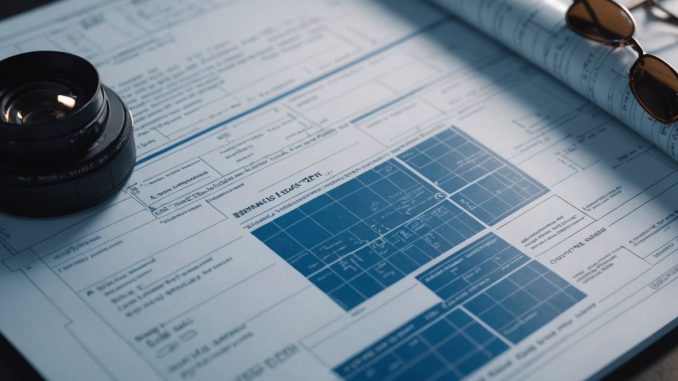
Project 2025, a controversial policy blueprint developed by the Heritage Foundation, has been making waves with its sweeping proposals to overhaul the federal government, including significant changes to the U.S. tax system. The 900-page mandate aims to reshape public education, the Federal Reserve, the IRS, and more, under a future Republican administration.
Key Takeaways
- Simplification of income tax rates to just two brackets: 15% and 30%.
- Imposition of a 15% tax on capital gains and dividends.
- Extension and expansion of the 2017 Tax Cuts and Jobs Act.
- Reduction of the corporate tax rate from 21% to 18%.
- Potential shift to a consumption tax system.
- Significant changes to the IRS, including budget cuts and increased presidential appointments.
Income Tax Rates
One of the most notable proposals in Project 2025 is the simplification of income tax rates. The plan suggests reducing the current seven tax brackets to just two: 15% and 30%. The higher rate would begin at or near the Social Security wage base, currently $168,600. Critics argue that this simplification could disproportionately affect middle-income earners and lead to a loss of federal revenue.
Capital Gains Tax Rate
The blueprint proposes a 15% tax on capital gains and dividends. While advocates believe this would incentivize investment and entrepreneurship, opponents argue that it disproportionately benefits the wealthy and could result in a loss of government revenue. Additionally, maintaining a separate capital gains tax rate could complicate efforts to simplify the tax code.
‘Trump Tax Cuts’
Project 2025 aims to extend and expand the 2017 Tax Cuts and Jobs Act. Supporters argue that this would stimulate economic growth, but critics point to studies suggesting that these cuts have contributed to the national debt. Extending these cuts could also exacerbate wealth inequality and necessitate significant reductions in federal spending.
Corporate Tax Rate
The plan includes a proposal to lower the corporate tax rate from 21% to 18%. Proponents believe this would encourage business investment and job creation, making the U.S. more competitive globally. However, opponents worry that this reduction could significantly decrease government revenue and shift the tax burden to individuals.
Consumption Tax and IRS Changes
In its various reform stages, Project 2025 suggests eliminating individual and corporate income taxes in favor of a consumption tax. While this could simplify the tax system and encourage saving, critics warn it could disproportionately burden lower and middle-income individuals who spend more on essential goods and services.
The blueprint also proposes significant changes to the IRS, including budget cuts and increased presidential appointments. Supporters argue this would reduce government overreach, but opponents fear it could hamper the agency’s ability to enforce tax laws and collect revenue effectively.
Broader Implications
Beyond tax changes, Project 2025 includes other sweeping proposals such as eliminating various federal agencies, restricting abortion access, increasing presidential authority, cutting federal funding for renewable energy research, and implementing stricter immigration policies.
Conclusion
Project 2025 is seen as a conservative roadmap for overhauling federal government structure and policy if a Republican administration regains the White House in 2024. While supporters argue that the proposed tax reforms would simplify the tax code and boost economic growth, opponents warn of potential negative consequences like increased income inequality, ballooning national debt, and reduced government capacity to provide essential services. In the current highly charged political environment, it’s crucial to stay informed about potential tax changes that could affect your finances.

